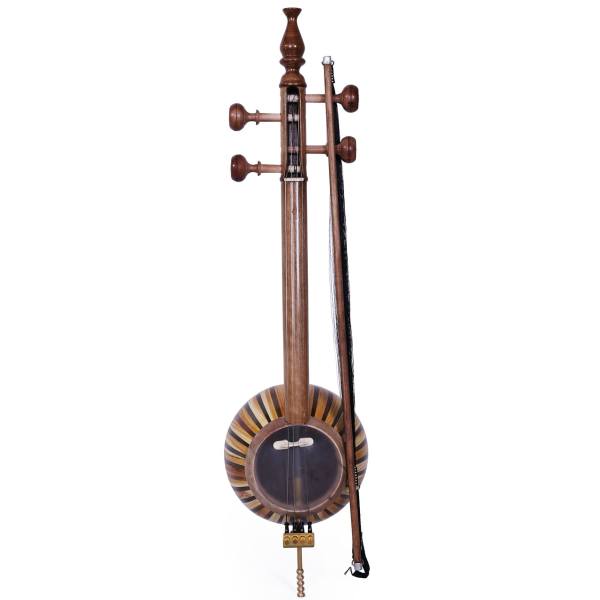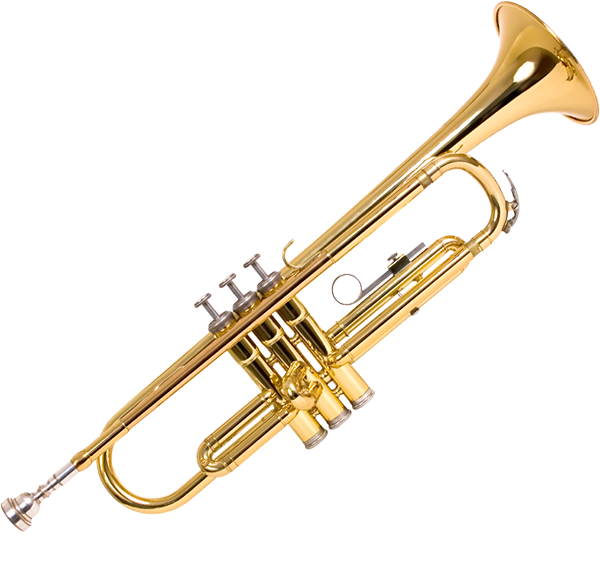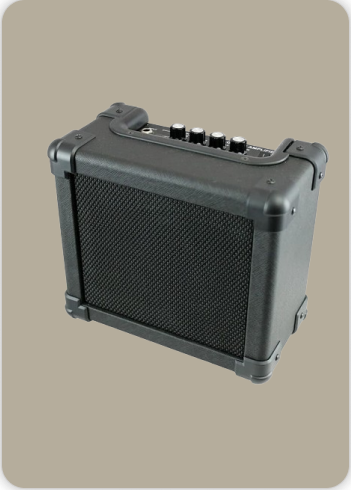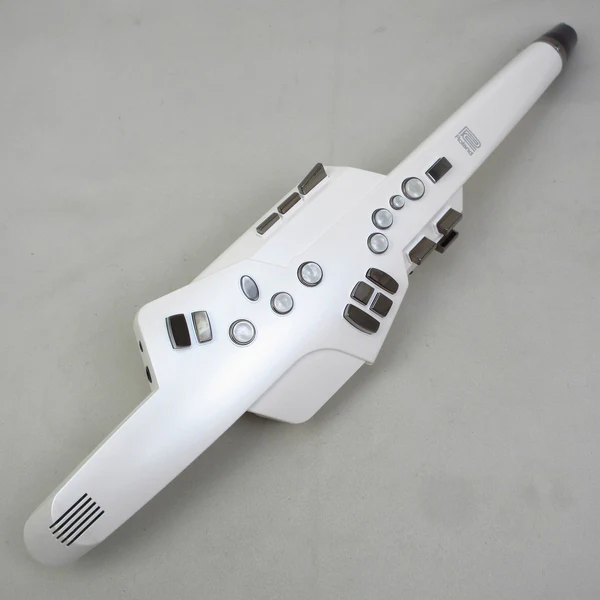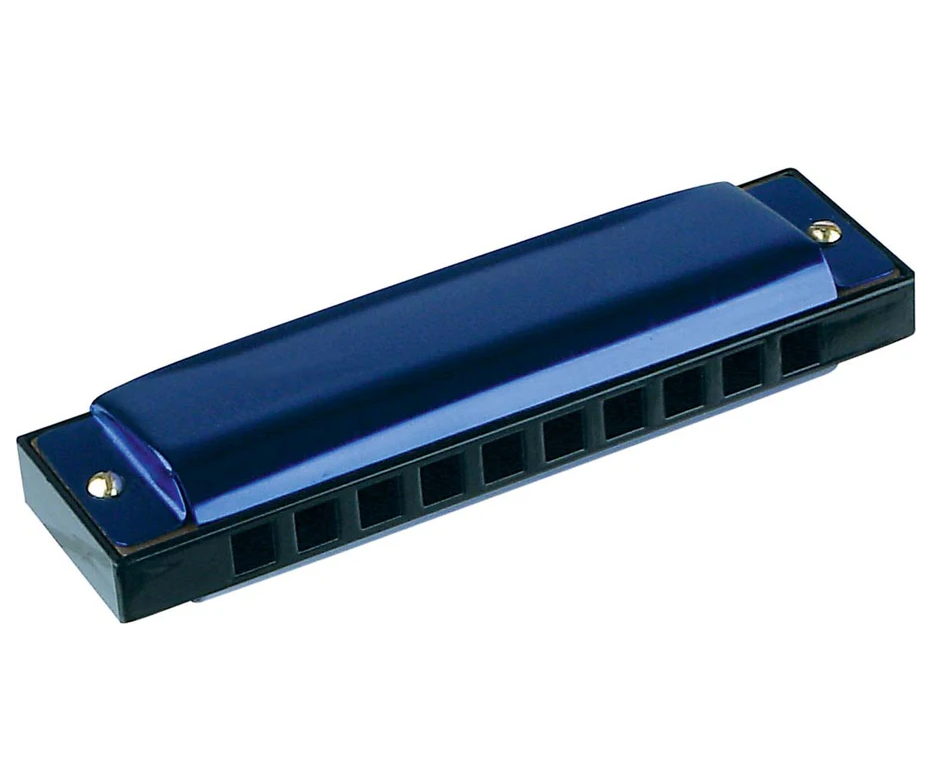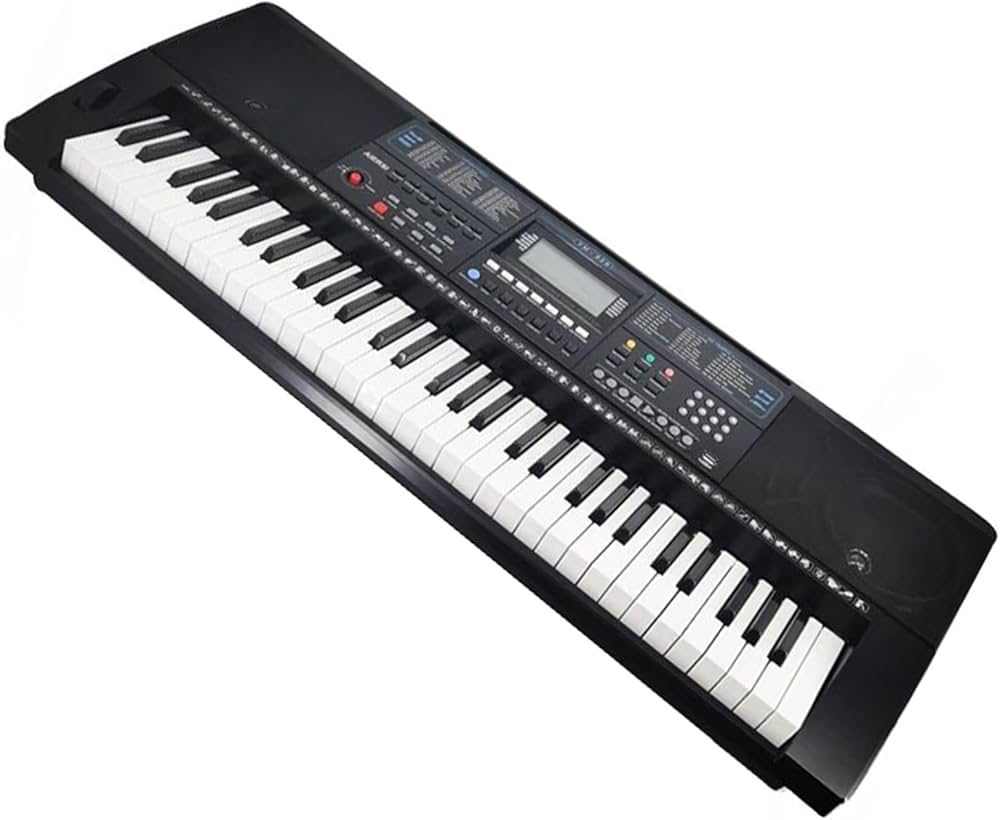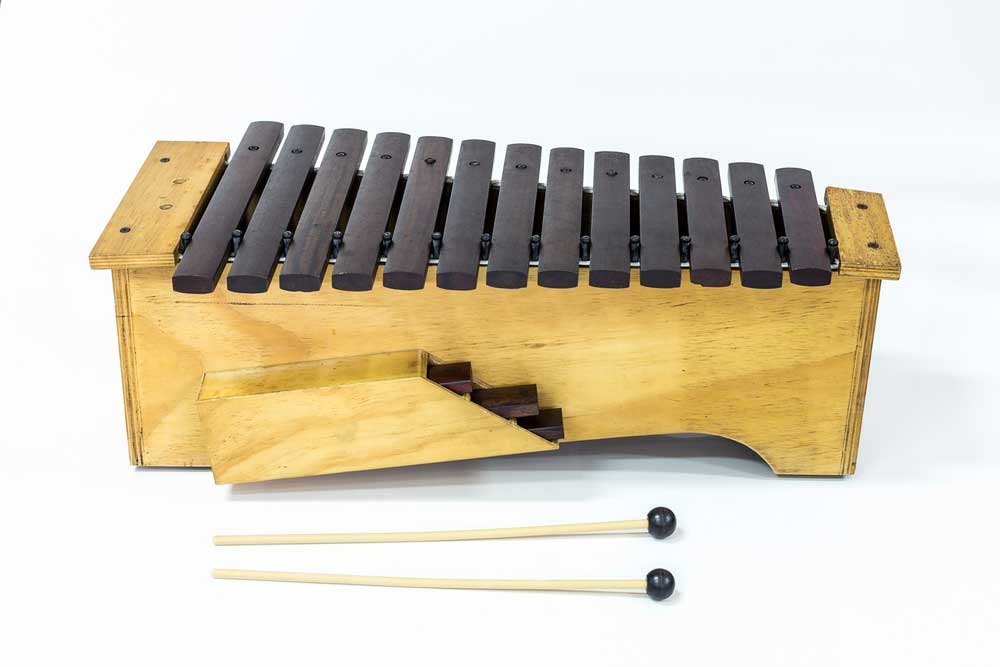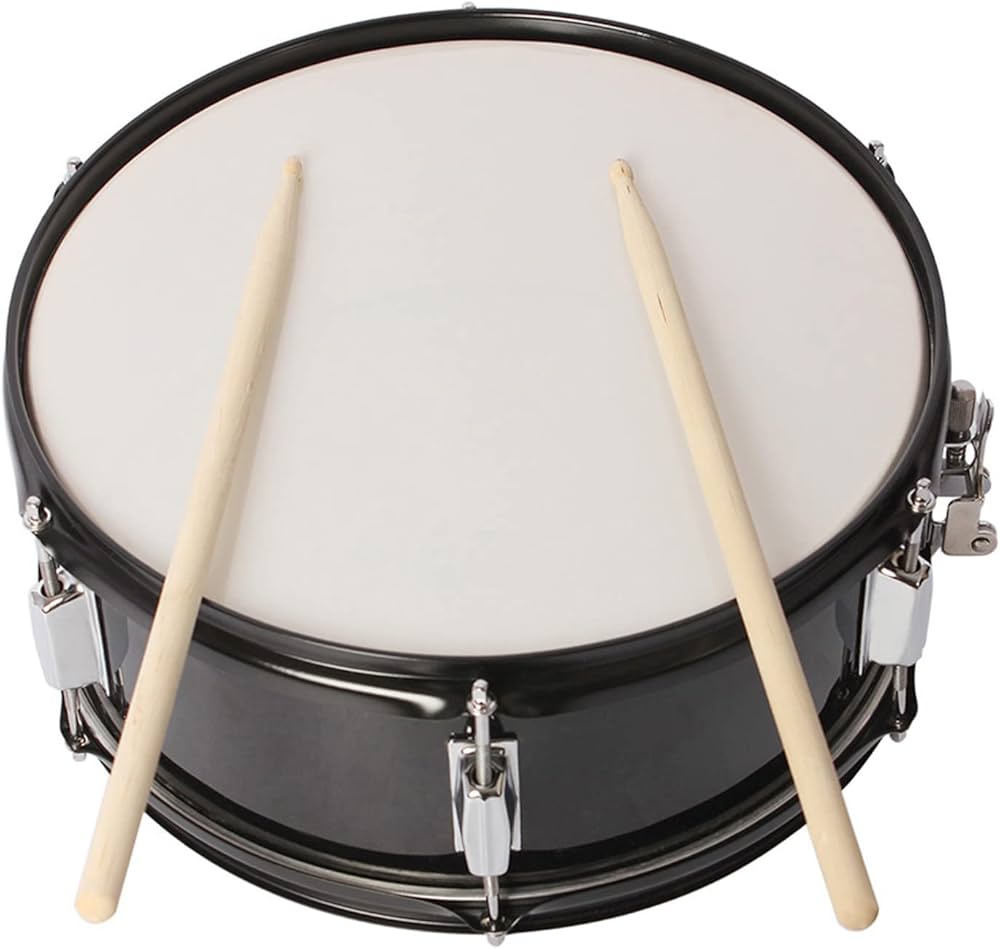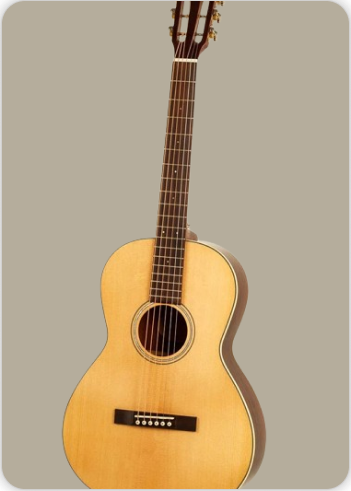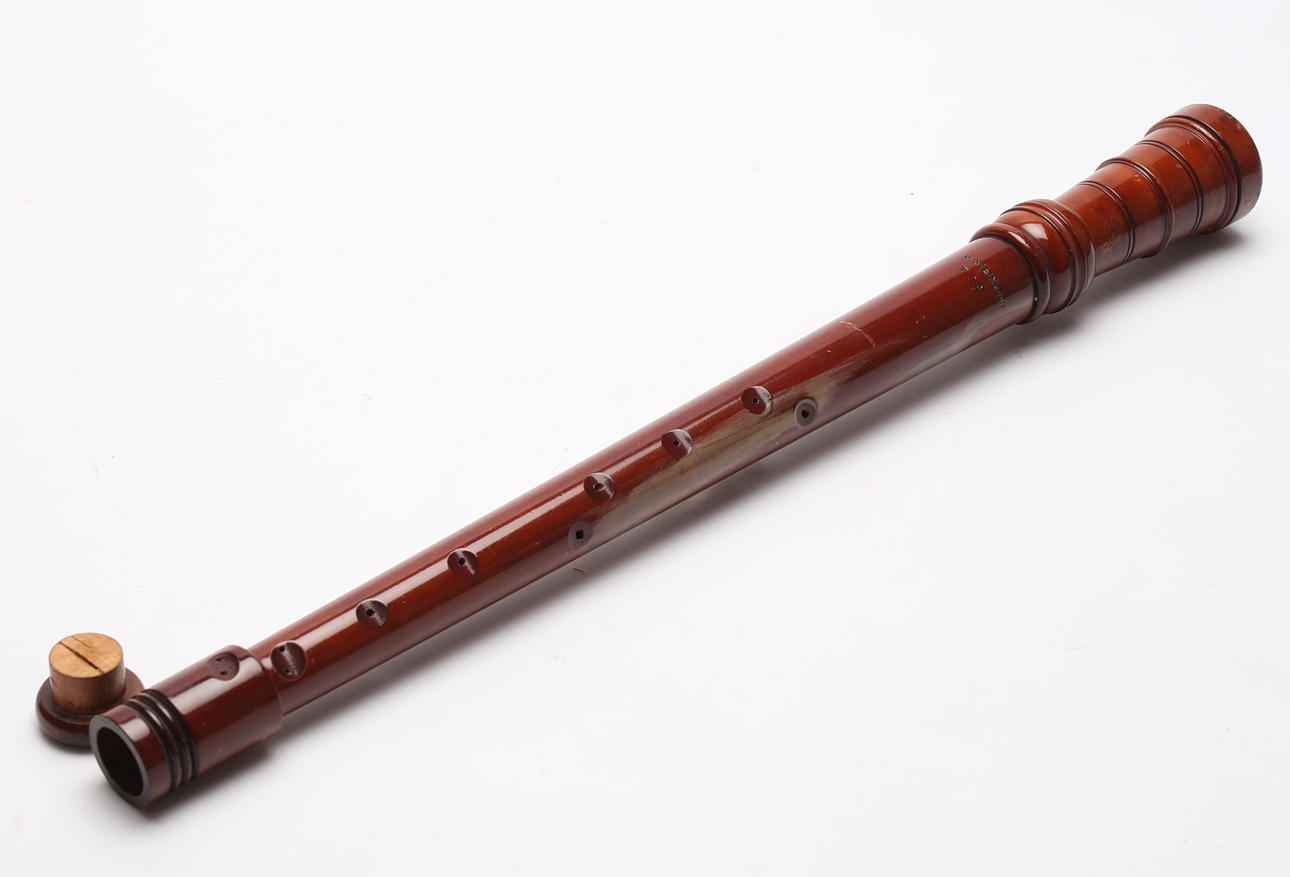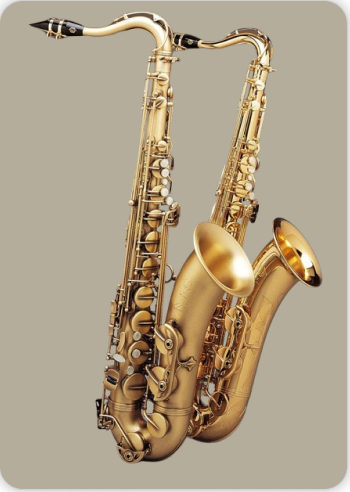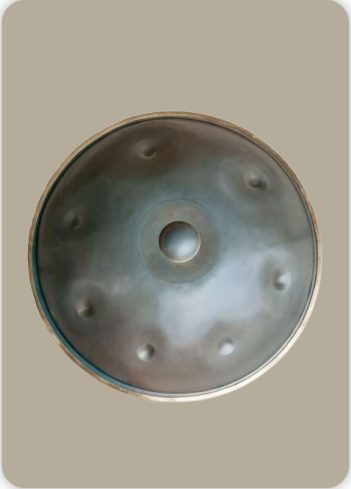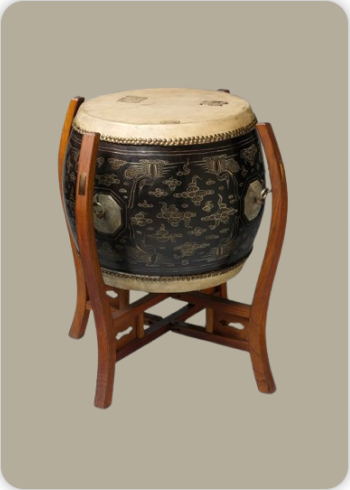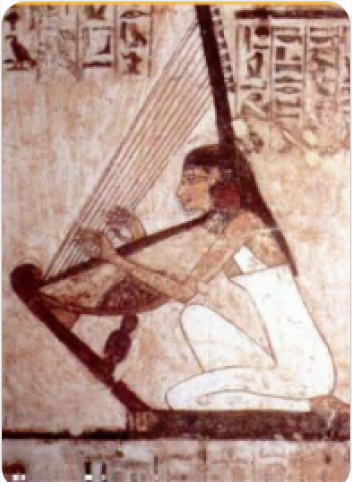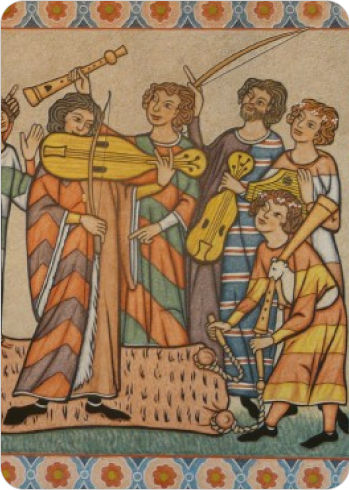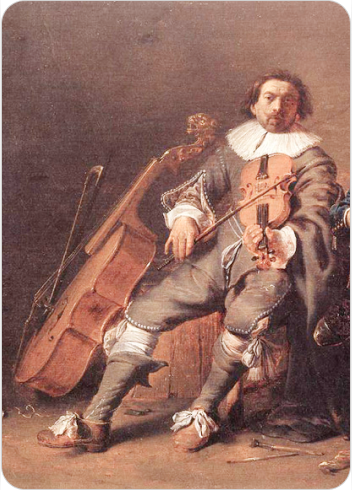Kortholt
Woodwinds
Europe
Between 1001 and 1900 AD
Video
The kortholt is a captivating double-reed wind instrument that gained popularity during the Renaissance period. With its distinctive construction and warm, buzzy sound, the kortholt has intrigued musicians and historians alike, representing a fascinating chapter in the evolution of woodwind instruments.
Description and Historical Origin
The kortholt is characterized by its cylindrical double bore, which allows it to produce a rich, low sound despite its relatively short length. The name “kortholt” derives from the German words kurz (short) and holz (wood), aptly describing its compact design. The instrument features a capped double reed mounted inside a chamber, similar to the chanter of a bagpipe. This design contributes to its unique tonal quality, producing a soft, reedy sound that is both mellow and resonant. Historically, the kortholt originated in Germany during the late 15th century and became prominent in the musical landscape of the Renaissance. It was often associated with pastoral music and rural life, frequently played by shepherds and in folk ensembles. The kortholt is mentioned in various historical texts, including Michael Praetorius’s Syntagma Musicum, published in 1619, which provided detailed descriptions of early musical instruments.
The kortholt’s popularity surged in the 16th century as it became a staple in court music and consorts—groups of instruments playing together. Its ability to blend well with other instruments made it a favored choice for ensemble performances.
Working Mechanism and Types
The working mechanism of the kortholt involves blowing air into the mouthpiece, where it passes through the capped double reed. This action causes the reeds to vibrate against each other, producing sound waves that resonate within the instrument’s body. Players can vary pitch by covering or uncovering finger holes along the length of the instrument. Notably, due to its double-bore design, the kortholt cannot overblow to produce an upper register like some other woodwinds.There are several types of kortholts based on size and pitch:
Soprano Kortholt: The highest-pitched variant used for melodic lines.
Alto Kortholt: A mid-range version that provides balance within ensembles.
Tenor Kortholt: Produces deeper tones suitable for various musical contexts.
Bass Kortholt: The largest type capable of producing very low pitches.
Each type serves specific roles within musical compositions, allowing for a diverse range of sounds when played together.
Features and Significance
This design allows players to produce sound without direct contact with the reeds, resulting in a unique tonal quality. Despite its short length, the kortholt produces low pitches due to its doubled-back bore. The kortholt holds significant historical value as it reflects Renaissance music practices and social customs. It symbolizes rural life while also being part of formal musical settings.
In modern times, interest in early music has led to a revival of instruments like the kortholt. It is now frequently featured in performances of Renaissance music and is celebrated for its unique sound and historical significance.In conclusion, the kortholt is more than just an instrument; it embodies a rich cultural heritage that spans centuries. Its distinctive sound, unique construction, and historical context make it an important part of early music traditions, captivating musicians and audiences alike with its melodic charm. Whether played in folk settings or formal performances, the kortholt remains an enduring symbol of musical history.
FAQ
What is the Kortholt and Its Historical Origin?
The Kortholt is a historical double-reed instrument that was commonly used during the 16th and 17th centuries. Its name, derived from the Low German term for "short wood," refers to its compact size. The Kortholt features a cylindrical bore and a unique design where the pipe is bent back on itself, similar to the modern bassoon. It was often mentioned in Michael Praetorius' work *Syntagma Musicum*, which provides significant insights into its use and construction.
What are the Primary Uses of the Kortholt?
The Kortholt was primarily used in consorts and ensembles during the Renaissance, often alongside other instruments like recorders and viols. It played a key role in both secular and sacred music, including dances, church music, and courtly entertainment. In contemporary times, it is used by early music ensembles to recreate the soundscapes of the Renaissance period.
What are the Key Features of the Kortholt?
The Kortholt features a double reed enclosed in a wind cap, similar to that of a crumhorn, which produces a soft, buzzing sound. Its cylindrical bore allows for a unique pitch range, typically tuned in C/F, and it comes in various sizes including soprano, alto, tenor, and bass. The instrument's design enables it to produce a mellow tone that blends well with other instruments in ensemble settings.
 Links
Links
References
Other Instrument
Categories
